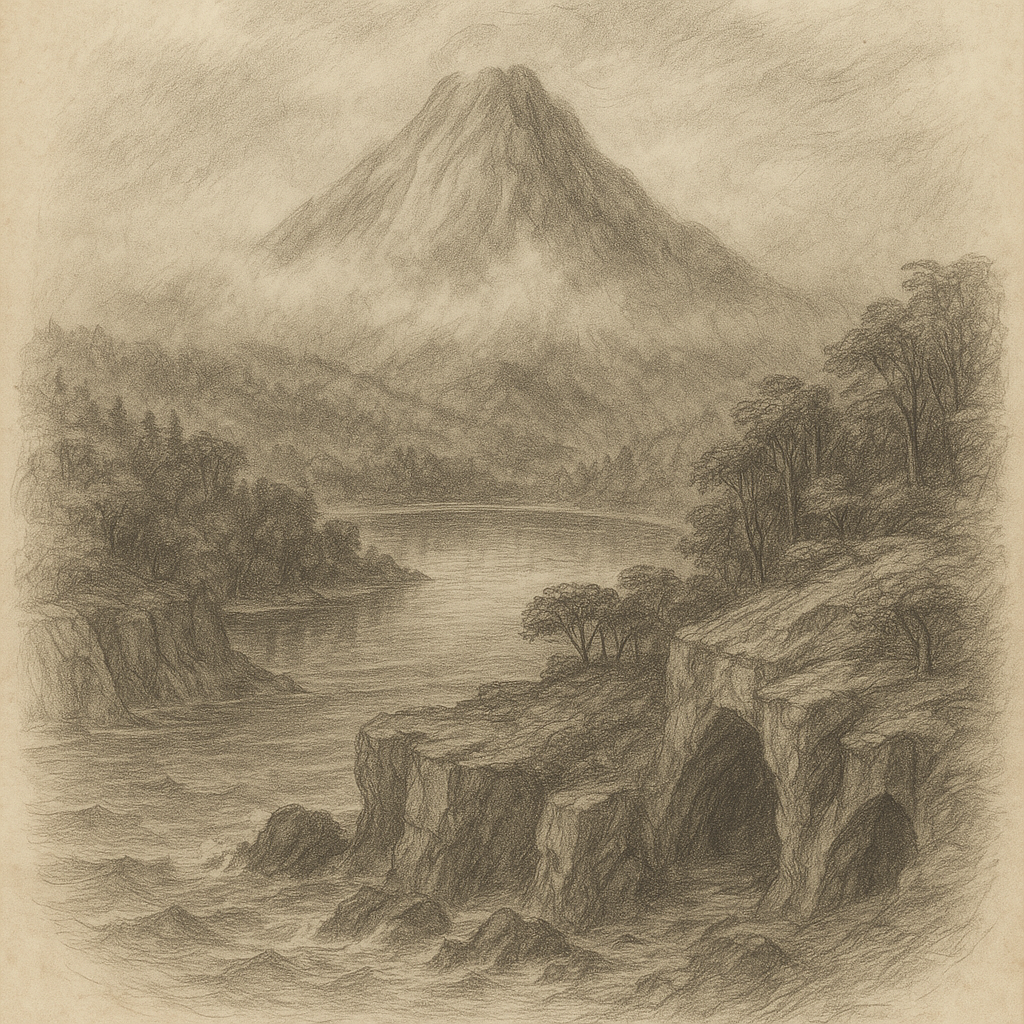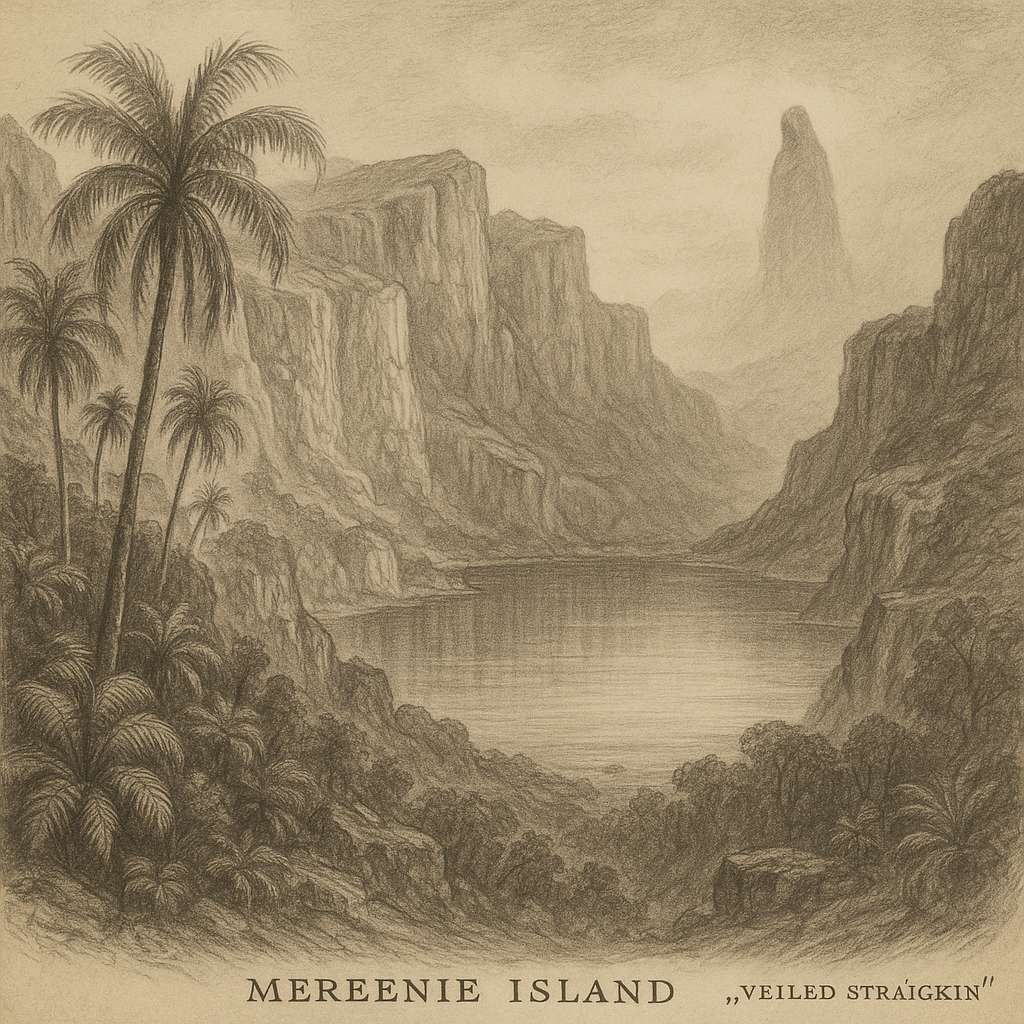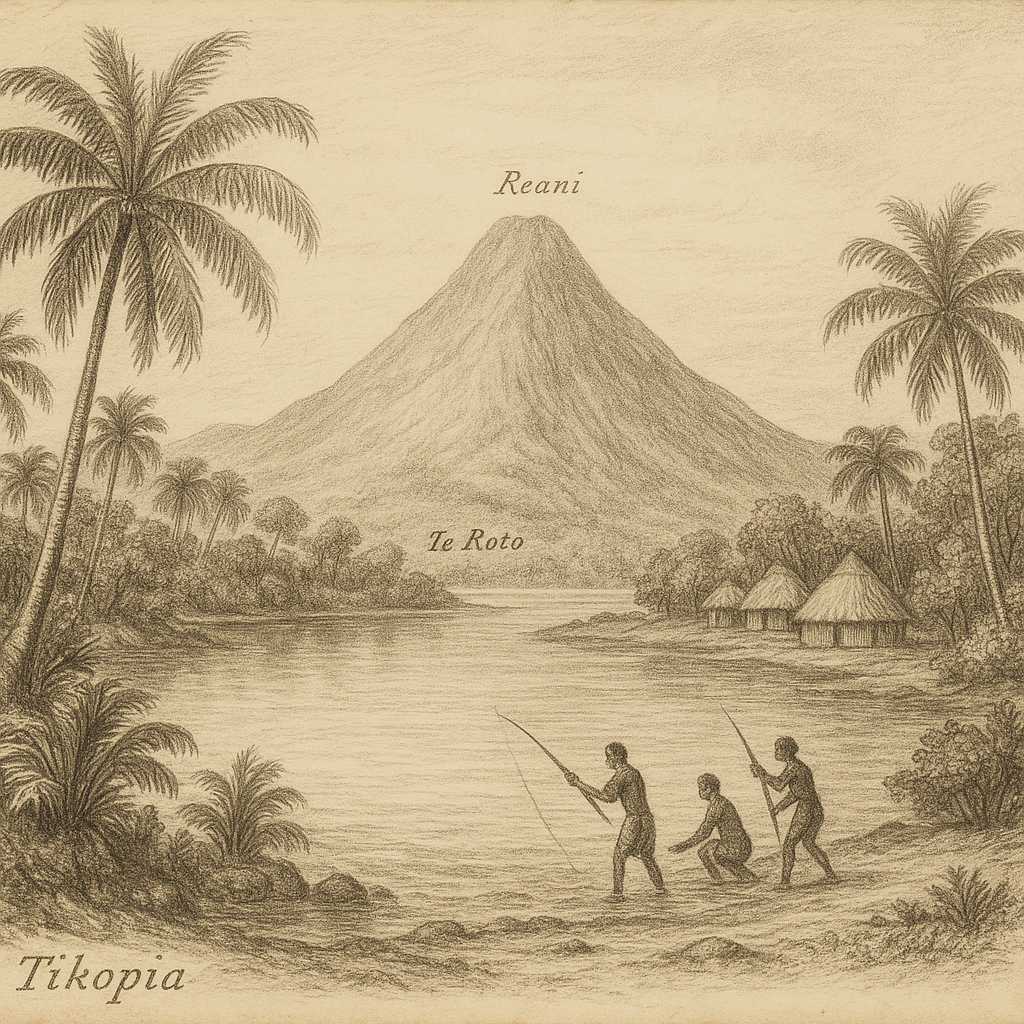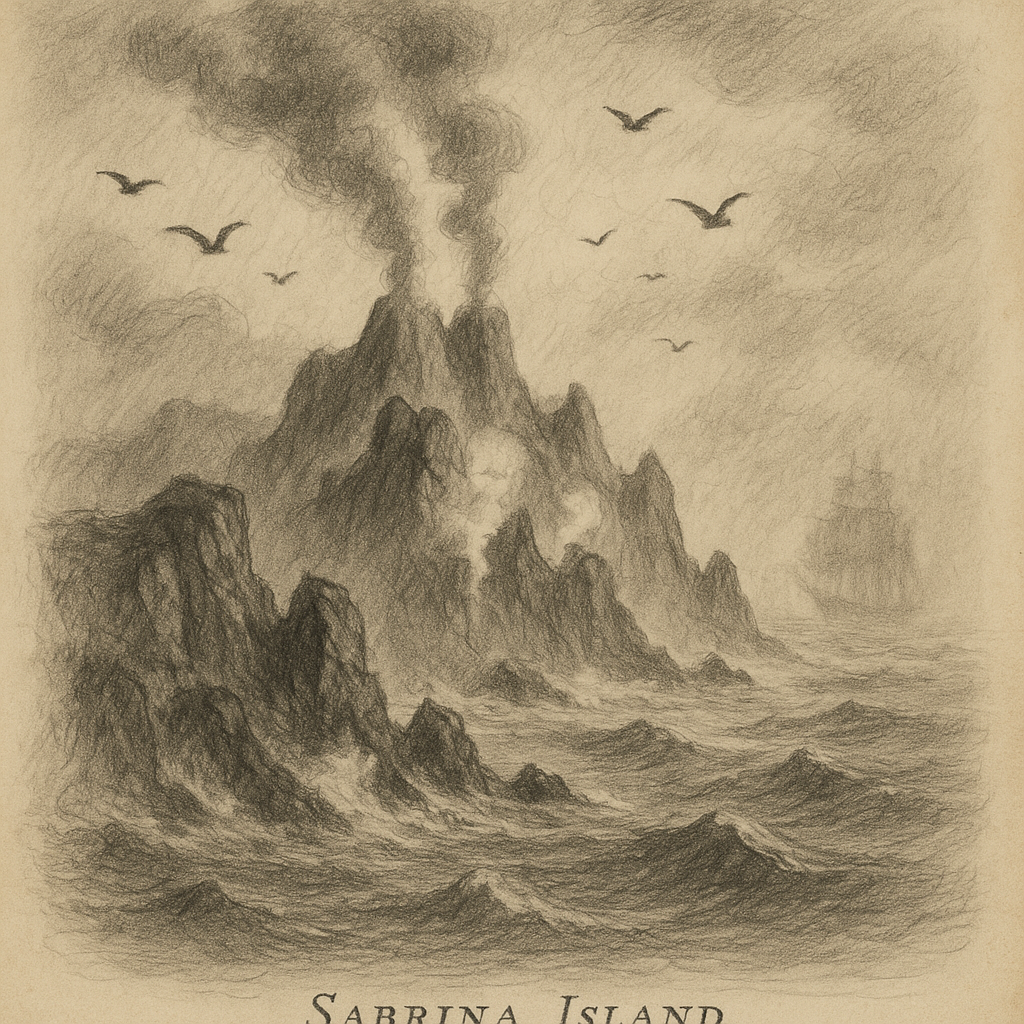Introducing Hirakawa Island Hirakawa Island is a remote and little-known landmass hidden in the Pacific Ocean, tucked away from the grasp of modern civilization. Shrouded in mist and mystery, it lies approximately 950 kilometers southeast of mainland Japan, nestled between the Philippine Sea and the vast Pacific. It is largely absent from commercial maps, yet has for centuries been a minor but fascinating entry in the logs of passing mariners. Despite its small size, Hirakawa Island is home to a wealth of natural beauty, rich biodiversity, and an intriguing cultural lore that continues to captivate explorers and researchers alike. Geological Origins and Landscape Hirakawa Island lies along a lesser-known branch of the Izu-Bonin-Mariana Arc, a volcanic island arc formed by the subduction of the Pacific Plate beneath the Philippine Sea Plate. Over millions of years, tectonic and volcanic activity forced the island to rise from the sea as the summit of a submerged stratovolcano. Although no longer active, the island bears the telltale scars of its fiery origins—crater lakes, lava tube formations, and black sand beaches offer a dramatic contrast to its dense greenery. The island spans a modest 13.2 square kilometers, with a rugged terrain characterized by steep cliffs on its eastern coast and softer forested slopes to the west. The highest point, Mount Hakanai, rises to 491 meters above sea level and is often obscured by thick mists that contribute to the island’s mystical reputation. Streams carve gentle valleys in the island’s heart, eventually flowing into crystal-clear lagoons ringed by reef systems. Climate and Ecology Hirakawa Island enjoys a humid subtropical climate with an average annual rainfall of around 2,000 mm. The weather is moderated by surrounding ocean currents, ensuring relatively mild winters and cool summers. Persistent winds and regular tropical storms have shaped the island’s flora and fauna to survive in harsh environments. Despite its isolation, the island is teeming with life. Hirakawa’s forests are dominated by indigenous camphor and evergreen laurel trees, beneath which thrive rare orchids and mosses. Several endemic species make the island their home, including the elusive Hirakawa fox, a small canid known for its nocturnal habits, and the vibrantly plumed Blue-Crested Hirakawa Warbler. Large seabird colonies occupy the island’s cliffside perches, with the island designated an Important Bird Area due to its significance as a nesting site for endangered species such as the Japanese Murrelet. The surrounding coral reefs and nearby seamounts create a nutrient-rich marine environment full of biodiversity. Manta rays, reef sharks, and sea turtles are common sightings, and during the spring and autumn months, Hirakawa’s coastal waters become a migration corridor for humpback and pilot whales. Human Interaction and Conservation Although legend holds that the island was once inhabited by a small indigenous community, there are no permanent settlements on Hirakawa Island today. Occasional visits by anthropologists, biologists, and independent adventurers are rare and heavily regulated. Since 2004, the Japanese Ministry of the Environment has managed the island as a protected nature reserve, with entry permitted only under special scientific or conservation-related objectives. Conservation efforts have been primarily focused on removing invasive species such as feral pigs and stray cats, which in the past threatened the island’s fragile ecosystem. Ongoing research and habitat restoration projects aim to protect the island’s endemic life forms and maintain the pristine condition of its marine environment. Points of Interest Despite its modest size, Hirakawa Island offers several natural landmarks and fascinating features for the few who manage to gain legal access. Among them is the Lake Kagami, a mirror-like crater lake located near the summit of Mount Hakanai, whose perfectly still waters reflect the surrounding forest canopy, creating an ethereal scene. The island’s western coast features the Whispering Caves, made of eroded volcanic rock structures where the wind passing through narrow crevices produces harmonious sounds believed by locals to be the whispers of ancient spirits. Another point of interest is the Northern Tide Pools—a network of interconnected shallow pools filled with vibrant marine life that dazzles biologists and underwater photographers alike. Hirakawa is also known for its panoramic sky gazing. Due to its remoteness and lack of artificial light, the island offers exceptional conditions for observing celestial bodies. The Milky Way is easily visible here, and meteor showers create dazzling displays over the island skies. Legends of the Island Hirakawa Island is steeped in folklore. One of the most well-known legends is that of the Hikoboshi Bell, an ancient bronze bell said to have washed ashore after a temple shipwreck during the Edo period. Locals believed the bell to be a divine object, and according to legend, it would ring by itself during stormy nights as a warning of impending danger. Although no such artifact has yet been recovered, reports persist of ghostly bell sounds echoing across the island during typhoons. Another popular tale speaks of the “Mist Woman of Hakanai”—a spectral figure said to appear on misty mornings near the summit, her long white kimono flowing in the wind. Said to be the spirit of a maiden who perished while waiting for her lover to return by sea, the Mist Woman is considered both a symbol of tragic love and the guardian of the island’s natural balance. Locals from nearby coastal villages maintain that Hirakawa Island is both sacred and sentient—that the forest listens, the mountains dream, and the sea surrounding it protects the island from harm. Whether truth or legend, these stories add to the mystique that surrounds the island and deepen its cultural significance. Final Thoughts Hirakawa Island remains one of the last untouched frontiers in the Pacific, a place where nature thrives untouched by human sprawl. With its complex volcanic history, unique ecosystem, and rich folklore, the island represents both a biological treasure and a cultural enigma. Strict conservation measures ensure that this jewel remains protected for future generations of scientists and storytellers. Visiting Hirakawa requires more than just a permit; it demands respect for the timeless natural rhythms and the legends that continue to echo across its secluded shores.

Hirakawa Island
Do you like my work? Buy Me A Coffee
Do you like my work? Buy Me A Coffee
-

Mereenie Island
Introduction to Mereenie Island Mereenie Island is a remote and little-known landmass located in the heart of the Southern Hemisphere. Nestled deep within the Indian Ocean, far from major trade routes and heavily trafficked waters, Mereenie Island stands as a testament to nature’s untouched splendor. With its dramatic cliffs, turquoise lagoons, and thick jungle interior,…
-

Tikopiaa Eastern Island
Tikopia: The Eastern Island Jewel of the Solomon Sea Located deep in the Solomon Islands archipelago, Tikopia is a small, remote volcanic island in the South Pacific that survives as a testament to traditional Polynesian culture and environmental harmony. Often referred to as a submerged peak of cultural resilience, Tikopia, part of the Temotu Province…
-

Sabrina Island
Introduction to Sabrina Island Sabrina Island is a remote and mysterious landmass nestled deep in the Southern Ocean. Often shrouded in mist and mystery, this tiny volcanic island remains one of the least-known and least explored territories on Earth. Located far from major shipping lanes and human settlements, Sabrina Island has intrigued scientists, adventurers, and…
by
Tags: